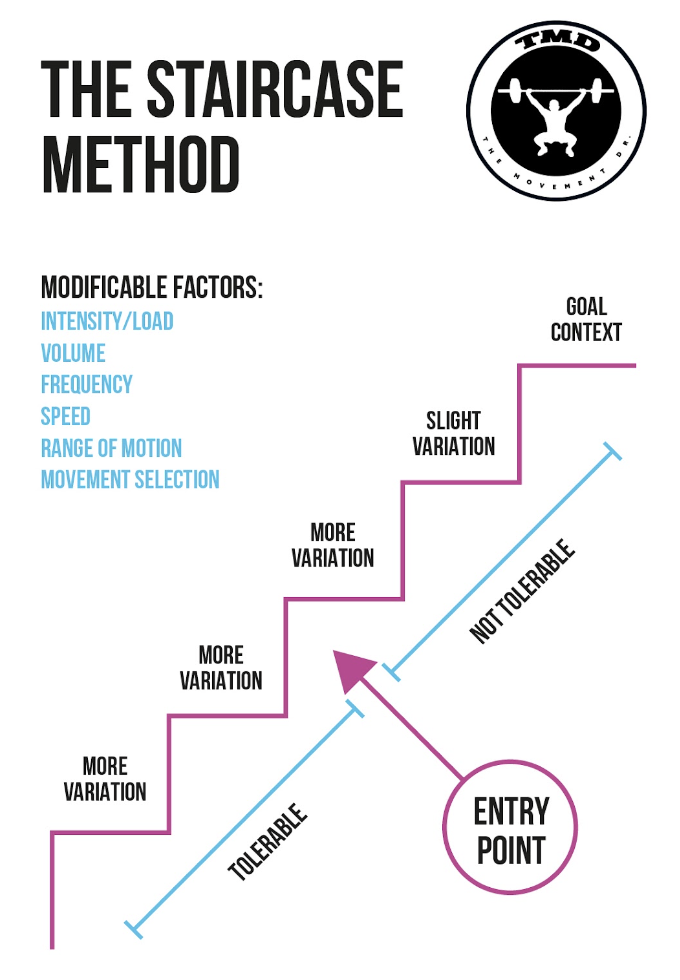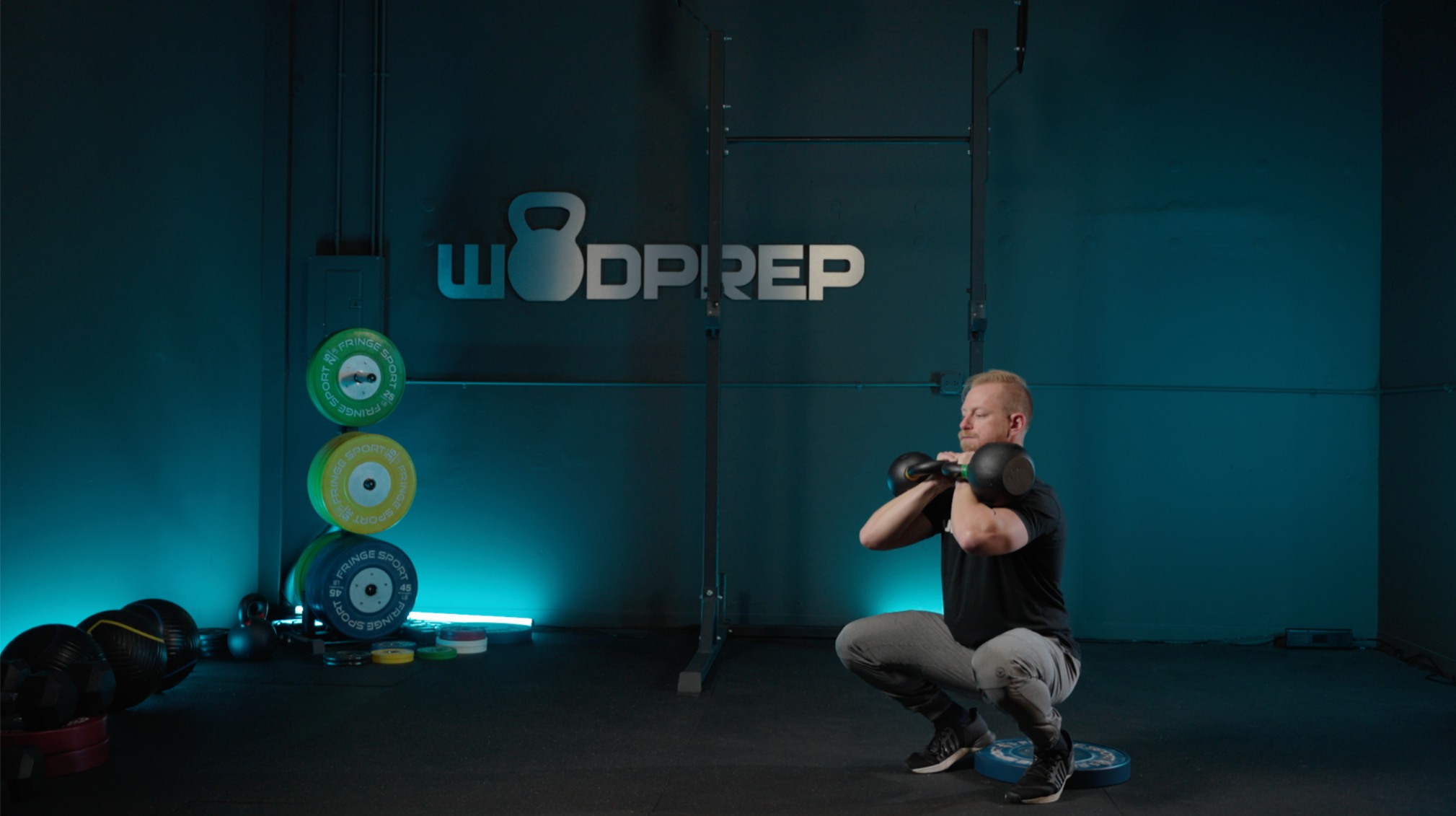Are you a CrossFit® athlete struggling with knee pain? You're not alone. Knee discomfort is a common issue among athletes who engage in high-impact activities like CrossFit.® Whether you're experiencing acute pain or chronic discomfort, finding effective strategies to address knee issues is essential to keep you training at your best.
In this article, we'll explore practical tips and exercises to help alleviate knee pain and get you back to your CrossFit® routine with confidence.
Assessing Pain and the Approach to Pain Free training
Before delving into solutions its crucial to understand the nuance of pain with regards to the knee (or any joint really).
Most rehab professionals will hammer and focus on technique and posture during squat and knee flexion patterns. While tecthanue plays a role, its only a part (a small part) of the pie. Whats more likely a main drier of knee pain is volume, frequency, and preparedness for squat/jump/run activities.
Here at WODprep, we focus more on our modifiable factors within our training rather than the a "specific" diagnosis. Research shows we are not very effective at diagnosing anyways so lets just focus on the athlete in front of us.
If you focus on the presentation of the pain and discomfort that athlete is having and what are their provoking patterns than we have a good foundation and starting point for rehab.
Our focus and approach is a simple process.
1. We find what the athlete is struggling with. Squat depth, load, single leg, jumping, landing running etc.
2. We found out where that struggle starts. Usually the pain is on a spectrum. If they have pain with squatting, it starts a certain depth, or certain load, or single leg etc. So what CAN the athlete do with little to no pain. Thats our starting point.
3. We take that starting point and then build upon it. Like a staircase. The top step is our goal that we can do it and we move down the stairs (regression of the movement) until we find an entry point that we can tolerate with low grade pain.
4. Then we use graded exposure to slowly progress our way up the staircase using symptom modification and pain as our guides

Addressing Knee Pain: Practical Strategies
Using the process discusses above here is the staircase method in action: This athlete struggles with heavy back squats. But has shown to tolerate wall sits and some easier/lighter versions of squatting.
- Wall Sit (bottom of the staircase): This exercise helps strengthen the quadriceps while placing minimal stress on the knee joint. Begin by lowering into a wall sit position, stopping just before you feel pain. Hold for 15-30 seconds, then stand back up. Repeat for 3-4 sets, gradually increasing the duration as tolerated.
- Tempo Goblet Squat (a few steps above): Slow, controlled movements can help improve squat mechanics and reduce knee discomfort. Perform goblet squats at a deliberate pace, pausing at the top of the movement to avoid aggravating pain. Focus on maintaining proper form and gradually increasing depth as discomfort decreases.
- Box Squat (increasing weight and depth nad moving towards the top of the staircase): Box squats allow you to control the range of motion and reduce strain on the knees. Sit back onto a box or bench, then stand up without rocking or bouncing. Start with a comfortable height and gradually lower the box as pain subsides and strength improves.

Pro Tips for Safe and Effective Training
- Focus on Foot Position: Maintain a balanced foot position during squats, with knees tracking over the toes. Avoid excessive inward or outward rotation of the knees, which can increase stress on the joint.
- Use a Controlled Approach: Incorporate isometric exercises and slow tempo movements to build strength and stability without exacerbating pain. Gradually progress to more challenging exercises as your tolerance improves.
- Individualize Your Approach: What works for one athlete may not be suitable for another. Listen to your body and adjust your training accordingly. Consider seeking guidance from a qualified healthcare professional or physical therapist for personalized advice.
So, What’s Next?
Don't let knee pain sideline your CrossFit® goals. By incorporating targeted exercises and mindful training strategies, you can effectively manage discomfort and continue to pursue your fitness aspirations.
Remember to prioritize proper form, gradually progress your workouts, and seek professional guidance when needed. With dedication and perseverance, you can overcome knee pain and thrive in your CrossFit® journey.
Are you looking for a 1on1 Coach to help your through your rehab?
Click the link below to contact us and speak to our in house physical therapist.
